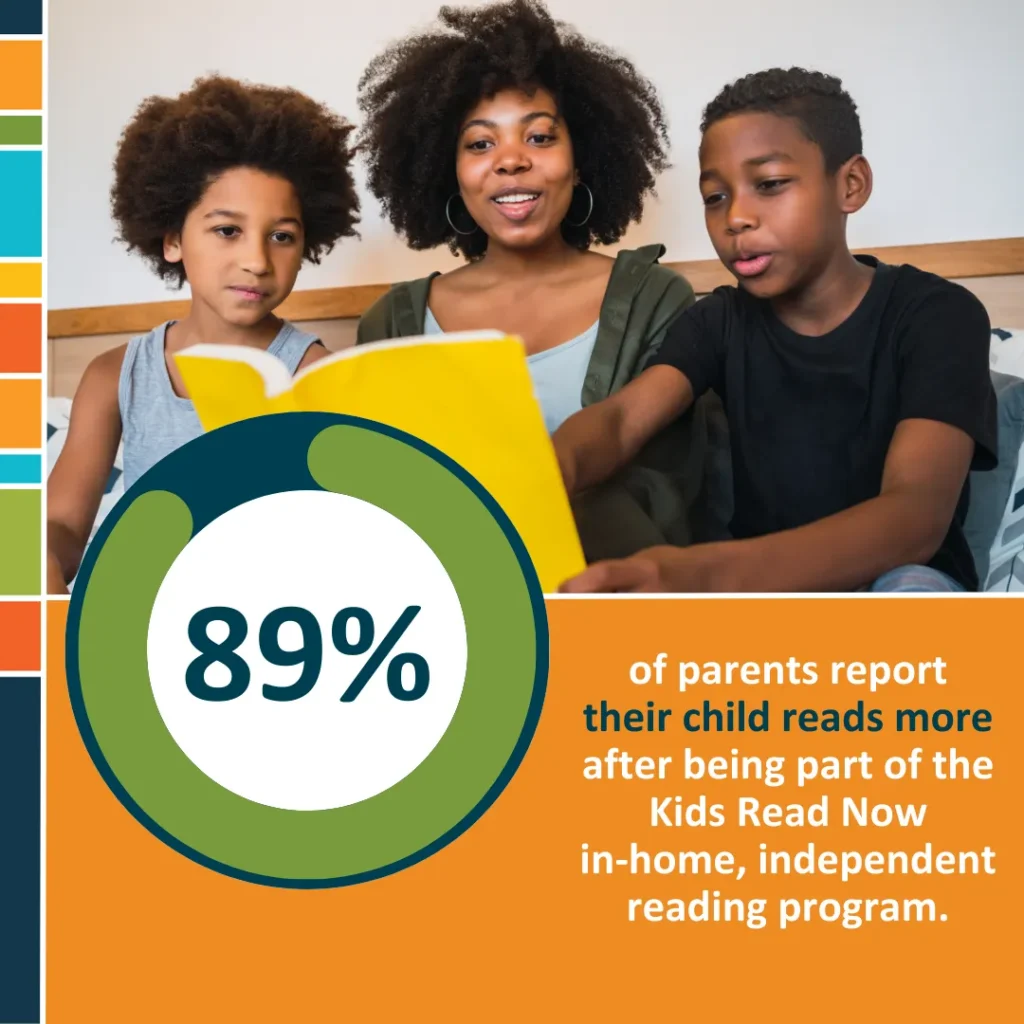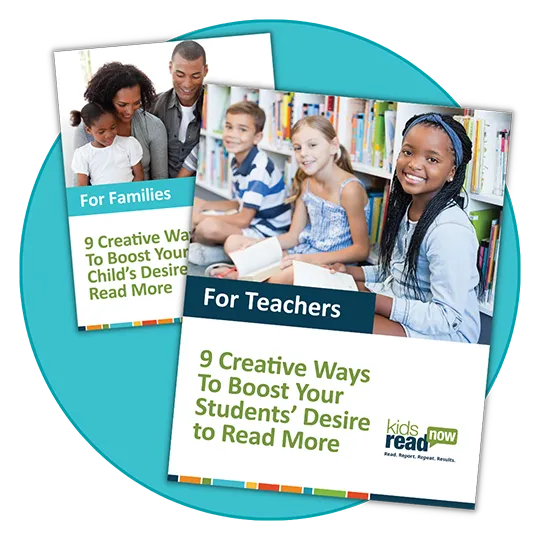Making a habit out of reading practice can be the key to proficiency
Literacy Leaders: This is part 4 of a 6 part series on accelerating reading progress using Dr. John Hattie’s Visible Learning principles. Part 1 provides an overview of high effect sizes. Next, Part 2 focuses on comprehension influences. Then, Part 3 focuses on fluency influences, while in Part 4 we dive into independent reading.
First, let’s do a Lit Check ✅ for Understanding…
High-Impact Comprehension Influences
Which of these comprehension-related influences does not have an impact in the Zone of Desired Effects (i.e., an effect size greater than the hinge point of 0.40)?
a) Vocabulary programs
b) Concept mapping
c) Outlining and summarizing
d) Self-judgement and reflection
e) Technology in reading/literacy
High-Impact Fluency Influences
Which of these fluency-related influences does not have an impact in the Zone of Desired Effects (i.e., an effect size greater than the hinge point of 0.40)?
a) Repeated reading programs
b) Working memory strength
c) Phonological awareness
d) Exposure to reading
e) Summer school
So, did you peek?
Turns out, technology in reading/literacy is likely to carry a positive impact — its effect size is 0.26 — but not necessarily to accelerate achievement.
But did you know what has an even smaller positive impact, with an effect size of 0.17? Summer school.
With so much to learn and so little time, we can do way better!
Now that you’ve refreshed your knowledge of comprehension and fluency as they relate to Visible Learning, you’ll explore the importance of practice, practice, practice.
No one is alone when it comes to independent reading practice
For decades, and truthfully even centuries, schools have recognized the importance of practice. Indeed, you have optimized guided practice inside the classroom. You’ve also attempted to make the most of the time students spend outside of school, which became particularly apparent during and after the Covid-19 pandemic.
It may be called independent reading, but you’re definitely not alone!
As educators, we’ve sent home thousands of dollars worth of books, collected hundreds of reading logs, facilitated library visits for entire schools, spent hours designing independent activities, bought and handed out timers, emailed parents to ask for help for what feels like a million times… and much more.
However, in 2022, NAEP reported that only 33% of 4th grade students were proficient in reading. In other words, as a nation, we’ve failed two-thirds of our students. The majority (67%) have not learned to read proficiently during their most critical period of development. As a result, the odds are against them for success in school and in adult life.
Until now, the well-intentioned efforts to boost reading by capturing outside-of-school time (OST) have not worked.
And that’s not all.
Check out these influences that can affect student independence and practice opportunities. As you can see in the table, each variable has been studied with thousands of students — and in some cases, over a million — contributing to the reliability of the result.
At this point, look closely at the effect sizes. Yep — they’re negative numbers.
To clarify, this is just a small sample of factors considered “likely to have a negative impact” on student achievement, according to Dr. John Hattie’s Visible Learning meta-analyses. (Keep reading to zero in on positive influences and see what it is about reading practice that works.)
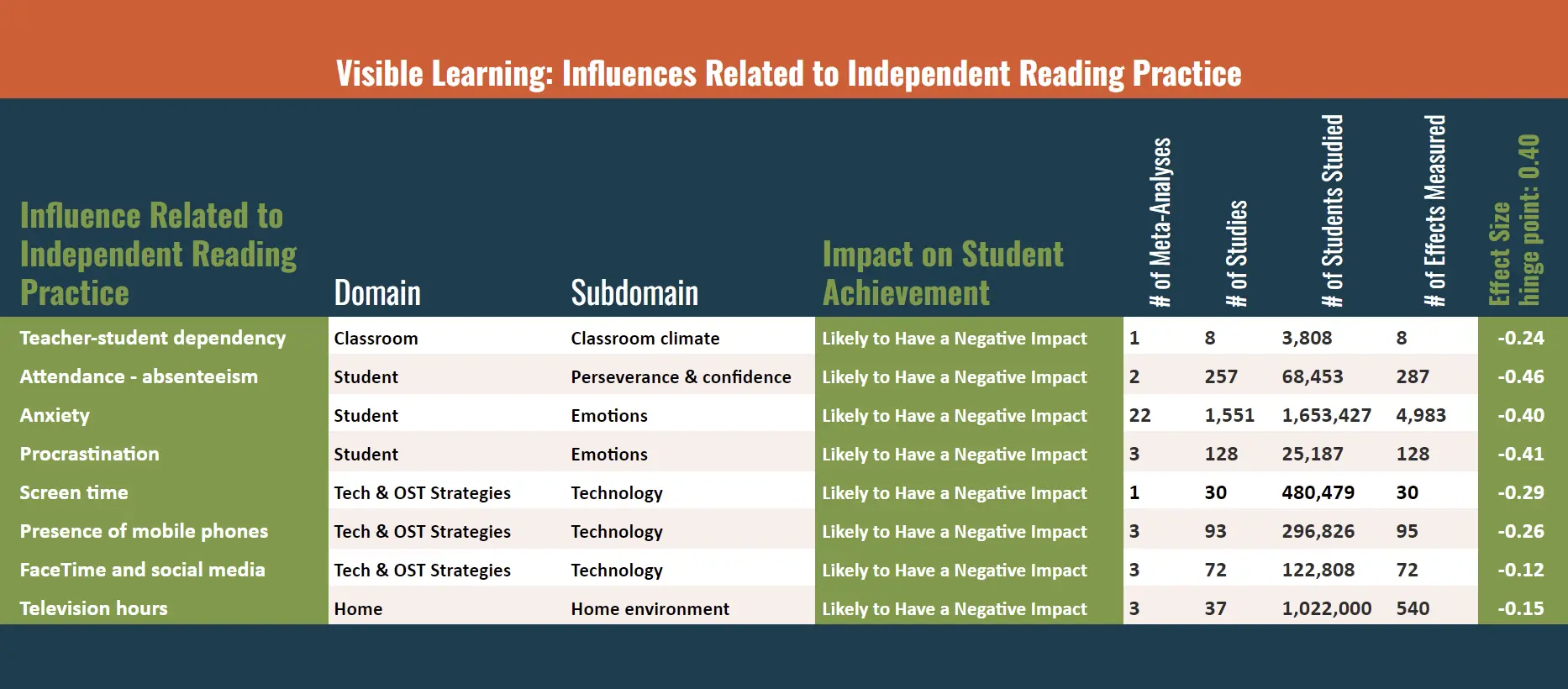
Table & image created by Kids Read Now | Data synthesized from the Visible Learning Meta-x Global Research Database: https://www.visiblelearningmetax.com/Influences
Putting independent reading practice into practice
Armed with decades of research on the Science of Reading, you and your district work tirelessly to vet curricula and train educators to implement best practices. Hopefully, many of your practices have the “potential to considerably accelerate achievement.”
Read more in our blog article about using effect size as one criterion to evaluate influences with Visible Learning.
And the challenge doesn’t end there.
No two districts or schools are exactly alike. And while there is great need to overcome immediate barriers, like disengagement, absenteeism, and failure to meet basic benchmarks, there is also a daunting underlying challenge — to address the systemic inequities a growing number of students experience.
These barriers often seem insurmountable. However, by reframing learning gaps as opportunities for improvement and resilience, we can model the growth mindset we want students to adopt.
According to an article for the Association for Supervision and Curriculum Development (ASCD), the best approaches go beyond remediation. They equip students with essential strategies and self-directed learning skills that help them overcome challenges, develop resilience, and cultivate a growth mindset.
Here’s a handy reference piece we put together to help illustrate the value of mindset reframing:
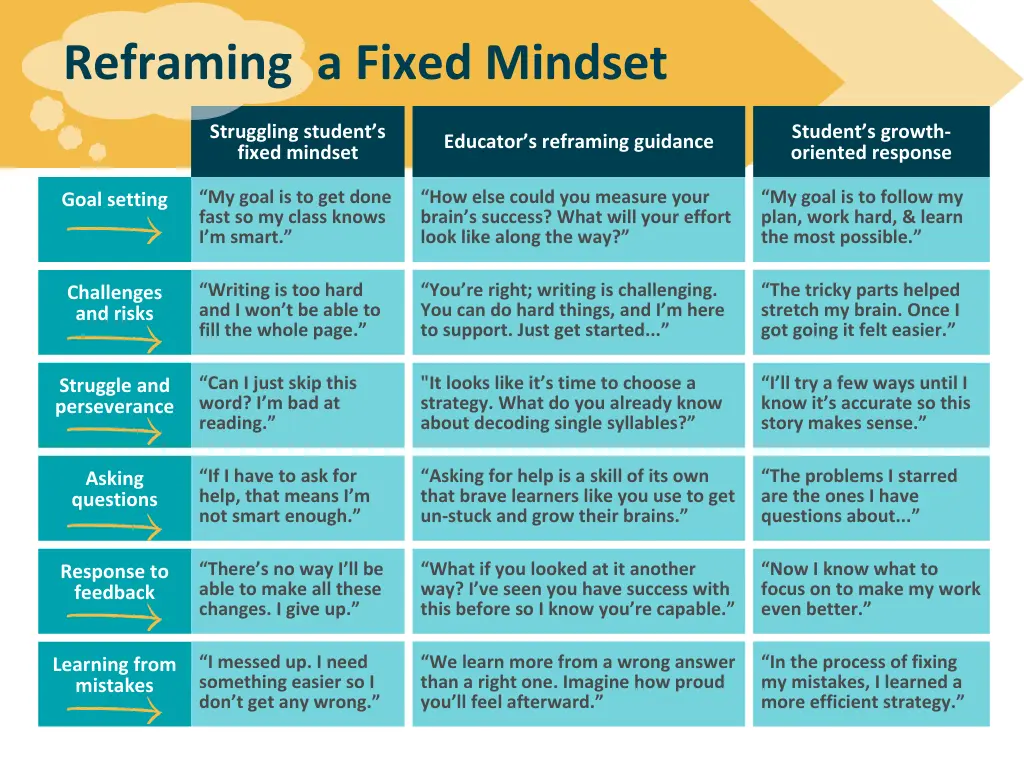
“Wonderful organization that is working with children and establishing long-term reading habits and knowledge. Love them!”
– Ken M., District Administrator, Alaska
Whoever said “practice makes perfect” lied
Think about it. How could repeating the same task many times suddenly produce a perfect result?
Now, stay with us here…
No one is saying practice isn’t important — quite the contrary, actually!
It’s just that there’s more to practice than doing something over and over again. But what is it exactly that makes practice, and in particular, independent reading practice, really work?
Practice does not make perfect. Practice, in fact, makes habit.
It stands to reason, then, that establishing and maintaining productive habits around reading practice could produce better outcomes.
As Malcolm Gladwell asserts with his famous “10,000-Hours Theory,” deliberate practice of the right quality and quantity at the right time is “what sets high achievers apart.”
Maybe we can’t expect kindergarteners to get thousands of hours in, but the principle is the same. School provides guided practice and feedback with a skilled educator, teaching self-regulation, meta-cognitive, and other executive functioning life skills.
However, …
…As the data show, instruction is not enough. All students need judicious, deliberate practice across settings to read successfully. And for those below-proficient, it’s all the more important to employ high-impact strategies to accelerate progress and catch up.
Roadblocks to independent reading practice in the classroom
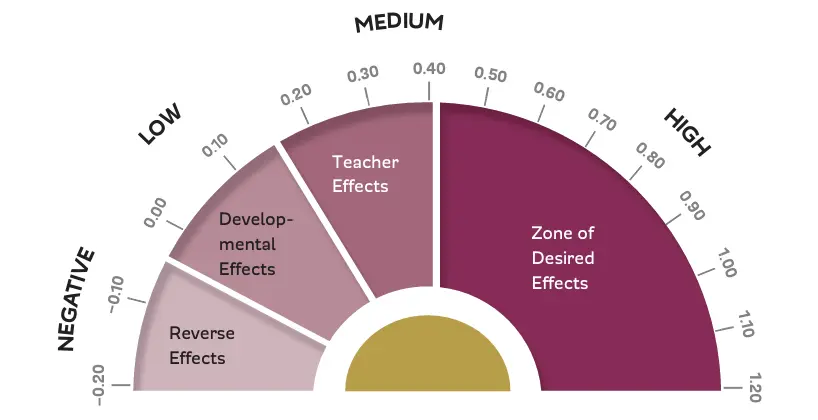
Effect Size Barometer | Source: https://www.visiblelearning.com/content/visible-learning-research
Remember your handy, time-saving new tool from articles 1, 2, and 3? Now is the time to use that bookmark you created for the Global Research Database.
Let’s check back in with Dr. John Hattie and explore what his meta-analyses of over 3,100 studies have to say about practice, independence, habits, and routines.
In the Visible Learning Influences table above, many variables with the potential to negatively impact achievement fall outside a school district’s purview. For example, influences like procrastination and too much screentime can develop at home from a lack of routine or less-than-productive habits.
Still, literacy leaders like you challenge themselves to positively affect students at school in a way that transfers to their home environment.
Sufficient independent reading practice is possible — all in good time
In a word, school districts’ biggest barrier to sufficient independent reading practice in the classroom is time.
We know from Malcolm Gladwell and his fellow researchers that solidifying good habits and sticking to a practice schedule can, in fact, yield positive results. But it takes hours, days, months, and even years.
Changing habits and routines is no simple undertaking. It requires commitment to practice both inside and outside of school to overcome apathy, disinterest, and fixed mindsets to accelerate reading progress in a lasting, meaningful way.
“The Kids Read Now program encouraged my daughter to read! The books she was able to pick out came right to our home without any issue. The reporting system was so easy, and because of this program, my daughter eagerly read multiple books a day — helping her to be able to go up 3 reading levels!”
– Chelsea, Kindergarten Parent, Bangor Township Schools, Michigan

Building a bridge over barriers to reading practice in homes and schools
Remember the key to fluency? It’s time. Yet, it feels like we never have enough of it.
Well, that same key that opens the door to fluency works for independent reading practice as well.
Some kids go home and are told they’re going to read a book right now for 20 minutes. They sit at the table with a book, but are they reading? Is a directive from a parent enough to elicit true practice?
On the other hand, some kids arrive home to empty shelves, working parents, siblings as caregivers, and any number of responsibilities. How do we get those kids to decide to pick up a book of their own volition? And then, how do we know they’re reading the words on the page?
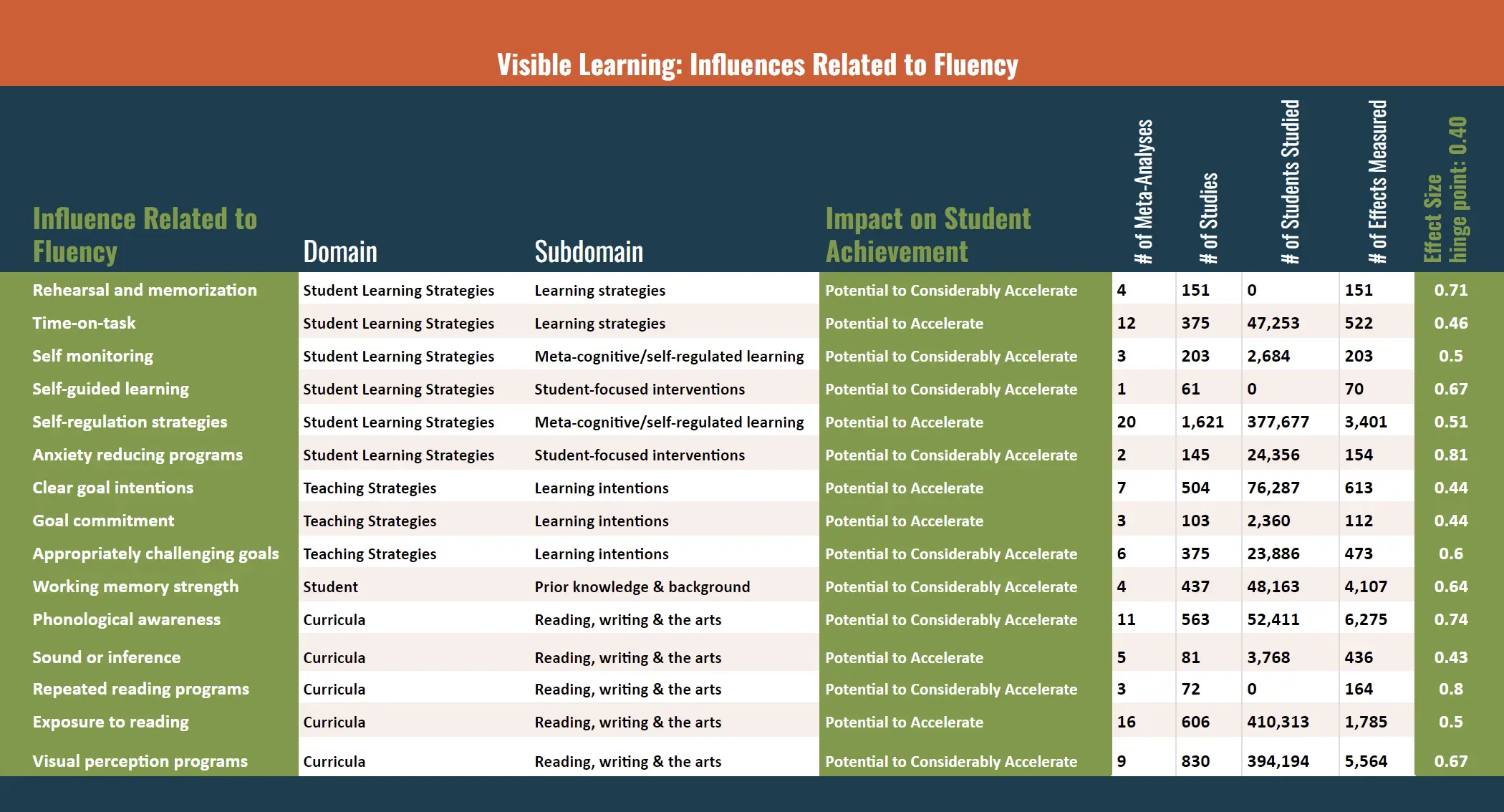
The time is there — hours after school, days during weekends, and even months over summer break. Somehow a disconnect persists between setting aside time for reading and actually developing consistent habits that promote true reading proficiency.
Enter Kids Read Now.
How the Kids Read Now program accelerates reading progress
Our approach doesn’t try to change how teachers teach. Or interfere in how parents manage their busy family lives.
We start with the child. We zero in on the student’s curiosity and interests and turn that curiosity into a desire to have more — more stories about dragons, sports, or about kids like themselves.
And we don’t stop there. In fact, that’s just the beginning.
How we do this is what makes our program work where others have failed. Getting kids to want to read is a complex recipe. We’ve honed our approach over the last decade to get the balance right.
So what are the ingredients? Let’s zoom in on the ways that Kids Read Now’s in-home program leverages outside of school time to accelerate progress through independent reading practice.
The Power of Choice
Participating students select from a Wish List that features a wide variety of books: SEL, multi-ethnic, bilingual, series, award-winning, and student favorites. Empowering students to choose their own reading journey is the first step in motivating them to practice independently.
The Power of Anticipation
Once kids have selected their books, they cannot wait for them to arrive. Kids Read Now schools take advantage of this sense of anticipation, communicating with families about plans for practicing upon delivery. For today’s kids, snail mail is a novel experience that they relish.
The Power of Self-Efficacy
Here’s the secret only educators who use Kids Read Now know: they get to curate the list of books to match each student’s interests and abilities. Students only select texts that they’re able to access independently, guaranteeing they’ll feel successful reading every book that arrives in their mailbox.
The Power of Routine
Students might want to immediately flop on the couch and get started, but that won’t be enough to accelerate their progress. Successful readers intentionally create habits that incorporate independent reading into their daily lives. Reinforcement from adults at home and school helps young learners adhere to a personalized schedule that’s rigorous and realistic.
The Power of Accountability
Setting clear goals has an above-average effect size, meaning that students who rise to the occasion are likely to accelerate their progress! Upon finishing each book, caregivers assist in recording and reporting through the Kids Read Now technology portal.
The Power of Voice
So, your student has developed a plan for independent practice, followed through with reading, discussed their understanding with family members, and reported the book as “read.” Now, they get to have their opinion heard by reviewing the book on the app and assigning a rating.
This gives reading comprehension and fluency an authentic purpose, instilling confidence in students of all abilities from all backgrounds.
The Power of Ownership
Every student who receives books through the Kids Read Now program gets to keep them — forever! This is critical, as research has shown, time and time again, a positive link between the number of books in the home during childhood and adult literacy levels.
It takes a village…
Independent reading practice at home relies quite heavily on parents and caregivers. In our next article, you’ll look closely at the OST influences Visible Learning proves are most critical for successful reading.
In other words, prepare to witness high effect sizes and extreme potential for acceleration through the lens of caregiver involvement!
Frequently Asked Questions
Answer: Independent reading practice plays a pivotal role in strengthening a child’s reading skills and comprehension abilities. It allows them to apply the strategies learned during classroom instruction to self-selected texts, leading to improved fluency and overall reading proficiency.
Answer: Over the years, schools have attempted various methods to encourage independent reading, such as sending books home, tracking reading logs, and promoting library visits. However, despite these efforts, a significant percentage of students still struggle with reading proficiency.
Answer: Independent reading practice outside of school provides students with opportunities to reinforce and apply their reading skills independently. Put simply, taking full advantage of their time at home adds minutes and hours to the available practice window. This extended practice helps solidify their reading habits and contributes to long-term reading success.
Answer: Educators can assist students in building productive reading habits by narrowing their book selections to those that they can access at their current reading level. Additionally, educators can match books to students’ individual interests. By participating in the Kids Read Now program, schools and districts facilitate establishing daily reading schedules, setting clear reading goals, and providing opportunities for students to share their thoughts through book reviews.
Answer: The Kids Read Now program empowers students by offering a diverse range of reading materials and allowing them to choose books that match their interests and abilities. Anticipation is built in to the Kids Read Now program as children eagerly await the arrival of their chosen books directly in their mailbox. It establishes daily reading routines, encourages setting clear goals, promotes accountability, honors students’ voices, and provides them books to own.


